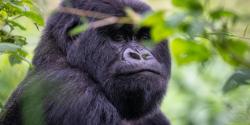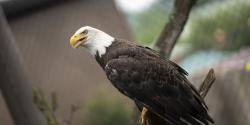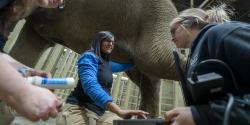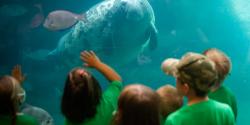The African penguin is the only penguin species found on the African continent, although it may not be there in the future.
The species has lost 99 percent of its population over the last century and, according to conservationists, could be extinct by 2035 if the current rates of decline persist.
At the Columbus Zoo, we’re dedicated to conserving African penguins, specifically through participating in The Association of Zoos and Aquariums' (AZA) Saving Animals from Extinction (SAFE) program. Alongside rescuing and rehabilitating penguins caught in oil spills and funding responses to African penguin influenza outbreaks, the AZA SAFE program for African penguins does so much to protect and conserve this important species.
Scientific Name: Spheniscus demersus
Conservation Status: Critically Endangered
Size: Around 17 inches tall
Weight: Range from 6 to 8 lbs.
Median Life Expectancy: 17.8 years











